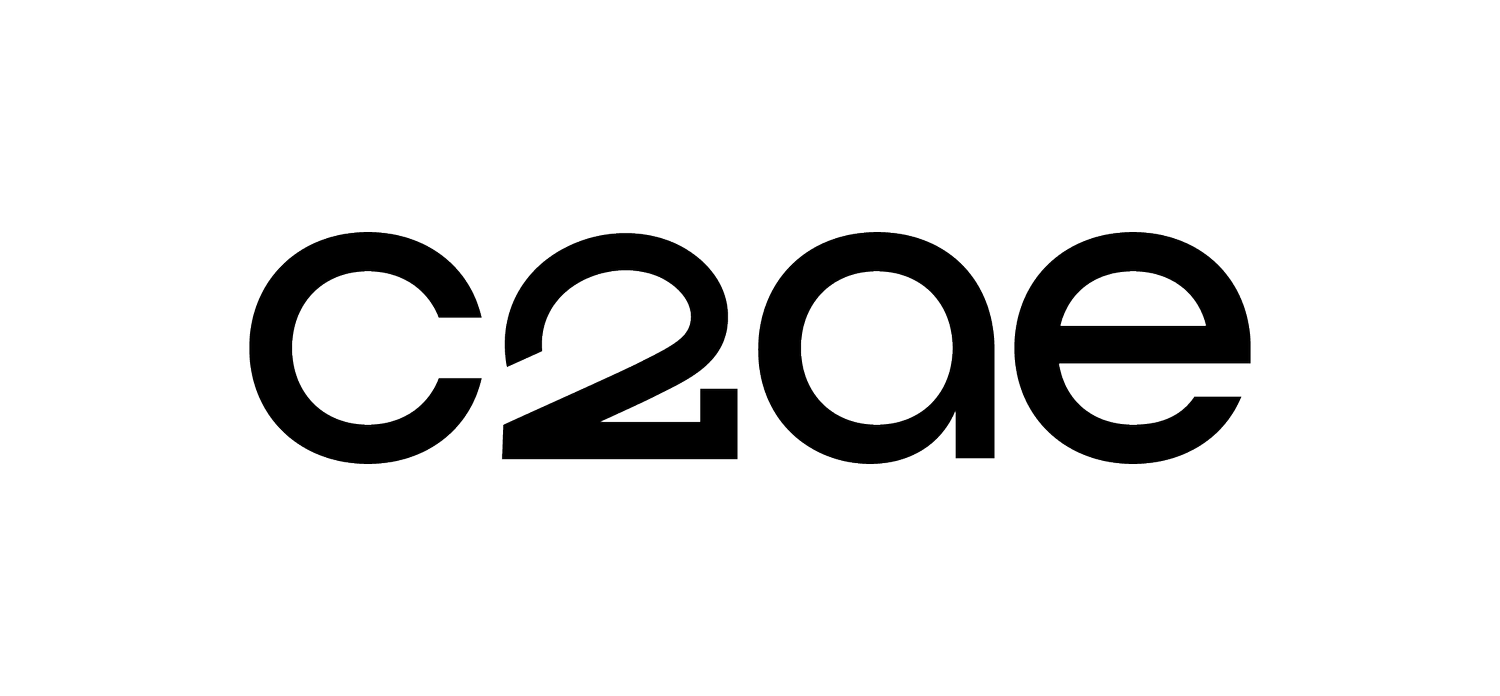Secrets to Writing a Great RFP
So you’re ready to start your next project. You’ll need to hire the right architecture and engineering firm, and that means it's time to write a request for qualifications or a request for proposals (RFQ/P).
To start, we recommend you do a little research to understand the requirements of your project’s funding source. If federal stimulus dollars are involved, you will likely have to adhere to a qualifications-based selection (QBS) process, which means you will need to send out a request for qualifications. More information on QBS is available here. If you are not using federal stimulus dollars, you may want to go straight to using an RFP, which typically requests both qualifications and a fee.
Once you’ve determined whether you need an RFQ or RFP, you’re ready to begin writing. The quality of your RFQ/P can make a huge difference, both in terms of the number of responses you get and the accuracy of the proposed fees you receive. If you want to write a request that cuts through the fog and attracts the most qualified talent available, we can offer you a few helpful tips and tricks.
Share the history. Devote a paragraph or two to project context. This will give proposers a chance to understand not just what the work is but why you're pursuing it. Sometimes knowing this information will prompt responders to suggest better or more streamlined solutions than the one you had in mind.
Be clear about your expectations. Put your response requirements in a single, well-defined area of the RFQ/P. Requirements often include a cover letter, a team with resumes, descriptions of relevant firm experience, references, an approach and schedule, and possibly a fee. More on this is below.
Know your parameters. When requesting relevant experience, set parameters to help you weed out unqualified firms. For example, you may ask only for work completed in the last five years, within a specific price range, or within a certain geographical area. Take care not to make these rules overly strict, or you may disqualify otherwise strong candidates.
Separate the legalese. If you have to include specific language in your RFQ/P for legal reasons, consider placing it in its own section of the RFQ/P. When these sections blend in with the response requirements, firms may feel the need to send you unnecessary documentation.
Keep it snappy. As a rule of thumb, the more concise the request, the easier it is for firms to respond in kind. Once you have shared all of the relevant details of your project, you’ve outlined what you want to see from responding firms, and you’ve placed any legal language in its own section, additional information should go into an attachment.
Require a page limit. Have you heard this phrase before? “I would have written a shorter letter, but I did not have the time.” Asking firms to keep their responses to a specific length is a great first test of their communication skills. As an added bonus, it will be much easier for your selection team to digest relevant information and compare submissions.
Go paperless. There are a lot of reasons to ask for hard-copy proposals or qualifications packages. But it does take time for firms to coordinate printing and shipping—time that could be spent perfecting their response. Not only are electronic submissions more sustainable and economical, they also allow firms to share useful resources via hyperlinks.
Know your scoring criteria. Assign point values to the required submission elements. Decide ahead of time what a good, better, and best response will look like to you.
Don’t forget the little things. Be sure to add your contact information, a due date and time, and any relevant next steps.
Here’s an example of how you could outline your RFQ/P:
Cover page with proposal schedule and contact information
Project Scope
Information Required in the Proposal
Firm’s Background
Project Team and Staffing
Related Experience and References
Project Approach
Fees
Required Forms
If all else fails, ask a couple of local firms to send you examples of high quality RFQ/Ps that they have seen before. We’re here to help!
